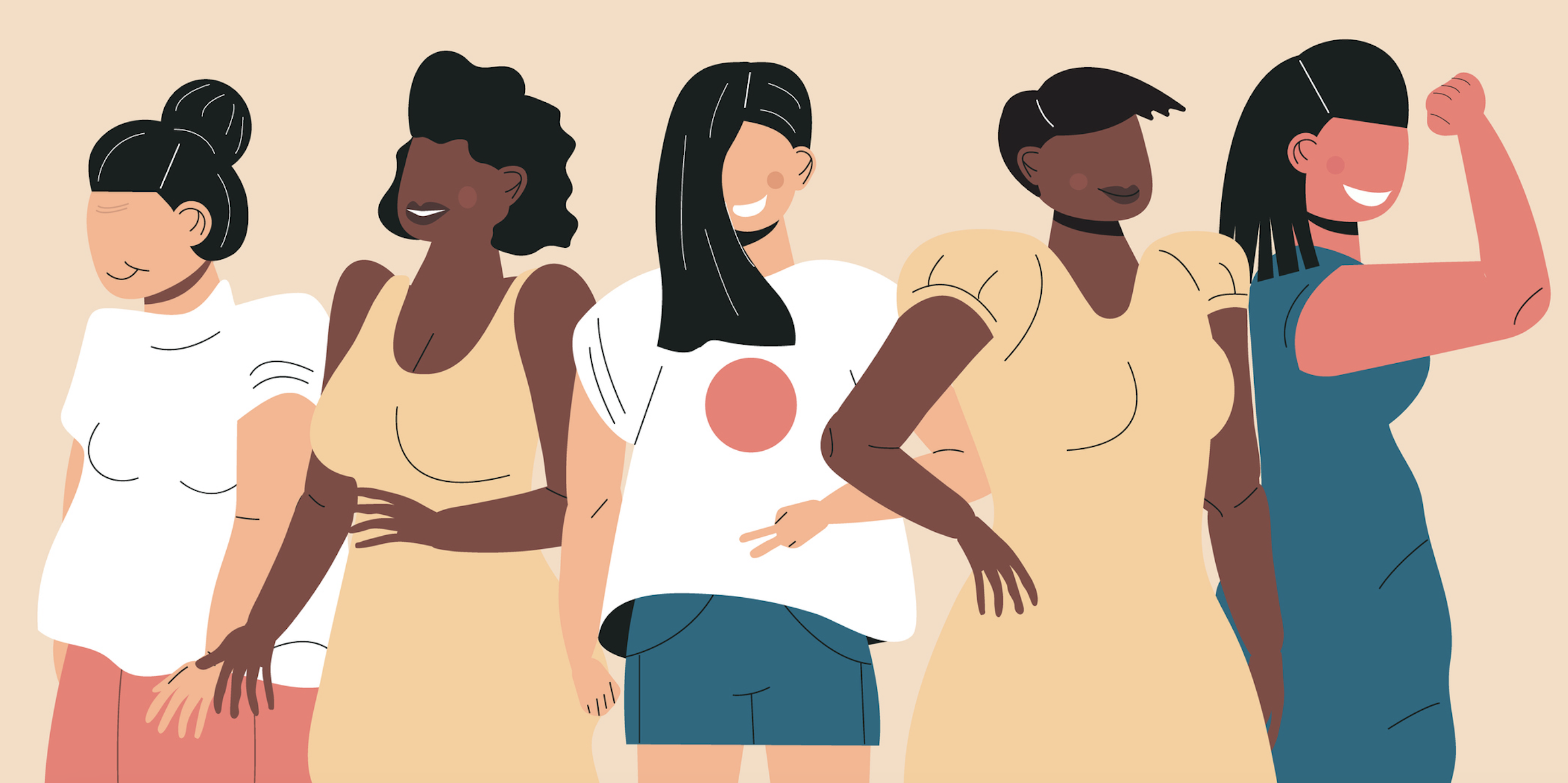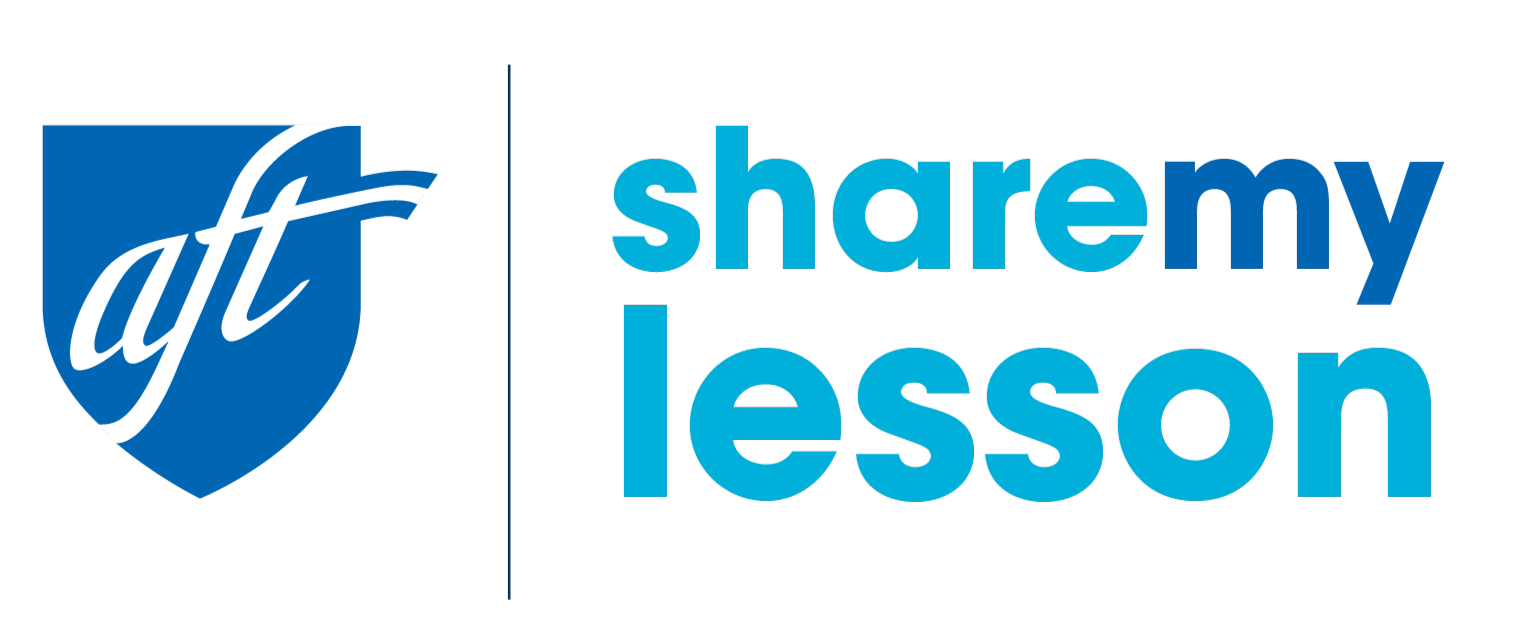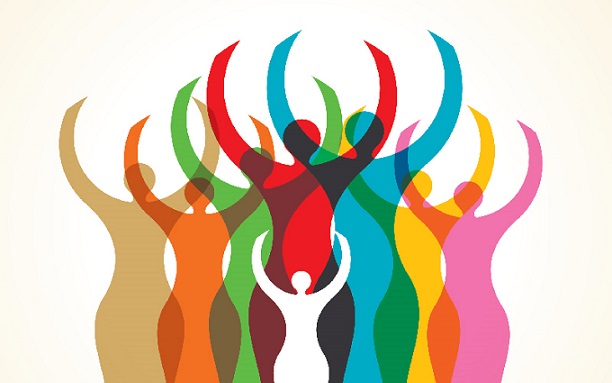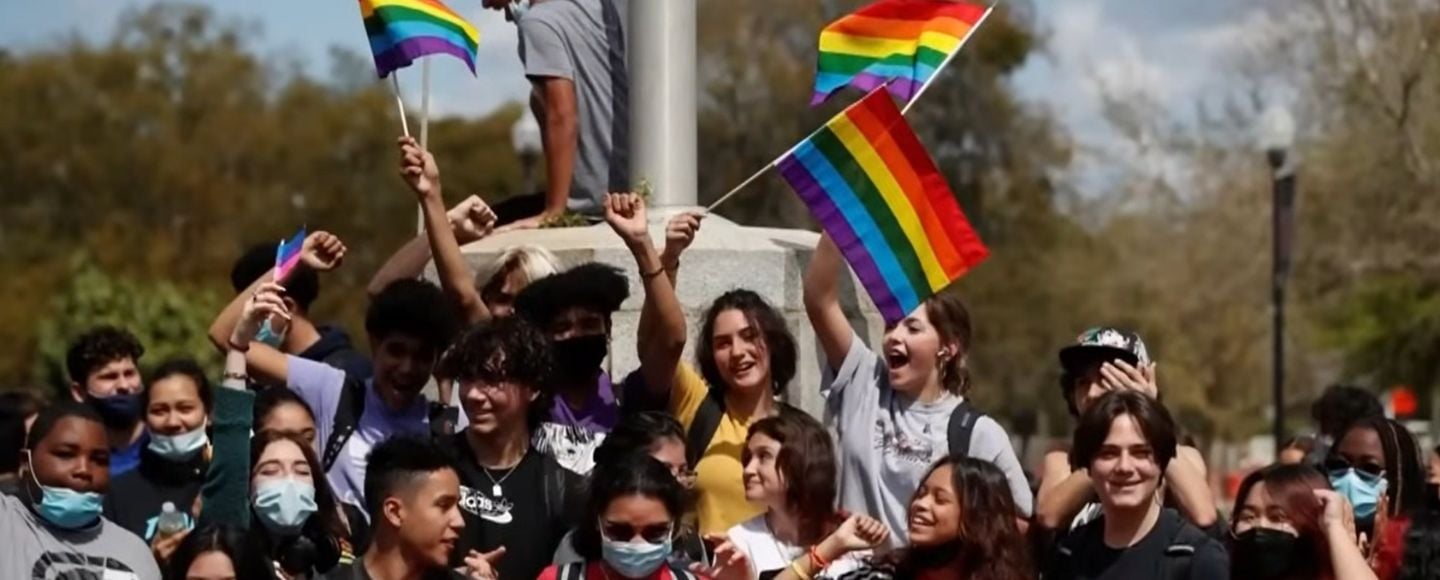To many young people, “the past” is one big, tangled mass: World War I, Ancient Greece and the Civil Rights Movement all happened “a long time ago,” and many students don’t see connections to their lives today. A good education, however, connects practically everything around us to a long chain of events, people and influences.
Black History Month (February) and Women’s History Month (March) provide important narratives of American history that otherwise would not be told. But how do we make it applicable to the lives of today’s students?
The Role of Power and Justice
First, I need to acknowledge that these two months are different and should each be celebrated wholeheartedly. We also should take care that we do not only emphasize the struggle for equality, respect, and dignity. One way we can do that is by bringing elements of fun and joy to the celebrations...so please keep that in mind as you read on.
At the same time, I believe we can frame either or both of the celebrations with the ideas of power and justice. Students develop thoughts related to these concepts before they enter kindergarten. Toddlers quickly learn that they should probably yield to bigger kids who waltz over and take their toys, thereby learning both the concept of power and that adults should intervene (illustrating justice and power). They know that crying is a tool they have to alert an adult and it shifts the power balance back to their favor.
Celebrating Black History Month and Women’s History Month through this lens provides a focus and a relevancy that connects to today. We can use power and justice these months and beyond to discuss and debate the events and lessons.
Instead of fact-based and opinion-based questions, we should pose questions that require strong reasoning and supportive evidence. The best answers are those that provide the deepest thinking.
We can ask:
- What has been the role of power in the history of African-Americans and women?
- How have African-American and women leaders shifted the power balance?
- What is the role of power in relation to African-Americans and women today?
- How have power and justice played out over American history?
- What is the relationship between power and justice in society today?
Explore Share My Lesson’s Black History Month Collection and Women’s History Collection. These focus questions could be used to select lessons that will motivate students to find fact-rich details to answer those questions.
Organized Labor Shifts the Power Balance
The ideas of labor and economics further enhance the focus. Ultimately, we want students to understand that people who belong to these groups often faced (and still face) incredible obstacles, but this does not define their destiny. The role of organized labor to shift the balance of power is an important part of black history and women’s history and remains a significant topic for discussion about power and justice today.
Fair wages and working conditions go hand and hand with political freedoms. Civil Rights legend A. Philip Randolph realized the importance of economic empowerment as a key part of the struggle for justice. Martin Luther King Jr. also shifted his focus from African-Americans to the working poor. King stated, “This new phase of the movement must not just be black people, it must be all poor people. We must include American Indians, Puerto Ricans, Mexicans, and even poor whites” (Reese, 2018).
Young people may think these issues do not apply to them. They need to know, however, that today, in 2018, significant gender and race-based gaps in wages continue. And the Supreme Court is hearing and ruling on a case this spring that will significantly impact the rights of workers to organize.
We can ask:
- How are fair pay and working conditions related to freedom?
- What is the role of government in promoting fairness in economic opportunity?
- Should we be concerned about an ever widening gap between the extremely wealthy and the working class? Does this strengthen or threaten the American dream?
Consider this from Work, Money and Power: Unions in the 21st Century:
In 1980, the differential between the average chief executive officer (CEO) salary of Fortune 500 companies and the average worker income in his company was 42 to 1. By 2004 the differential was 430 to 1. This is the highest ratio of its kind in the world, and demonstrates an alarming trend: an unequal distribution of wealth worse than the United States has seen since the 1920s.
See my lesson on Organized Labor and the American Dream for concrete steps to teach these ideas. Here are specific steps that can help your school honor the important role that African-Americans and women have played in our national story.
7 Steps for a Schoolwide, Relevant Celebration
- Form a celebration committee: This is likely the best way to maximize interest and support. Form a Black History Month committee, Women’s History Month committee, or even a More Perfect Union committee that can incorporate ideas of power and justice year-round. Ask for volunteers from across the school community, including students and parents. Hold a meeting to brainstorm ideas and input.
-
Select an overall focus question: Take a look at those posted above and in the lesson plans in Share My Lesson’s Black History Month and Women’s History Month collections. Choose one or two to frame the celebrations and discussions and return to them before and after each event in the celebration.
-
Use connected timelines: Timelines (especially ones that can be posted around the classroom on bulletin boards or walls) help students to parse out different events in history and see the causes and consequences of specific actions. For example, trace A. Philip Randolph, Bayard Rustin and Martin Luther King Jr. to see how their ideas influenced each other over the span of nearly a century.
-
Create an art installation: Ask the art teacher to help you plan and create a temporary or permanent piece of art that tells the story of African-American or female labor leaders and their legacy for all working people.
-
Hold class discussions: Using the questions and information above, you can hold discussions that explore how power, justice and organized labor are relevant today.
-
Conduct lessons: New lessons are posted to Share My Lesson each day.
-
Host a movie and discussion after school: Check out our collection of films to further explore the issues of power and justice.
Find additional digital resources in this blog by Andrew Rousch: Exploring Civil Rights History with Digital Resources. Do you have ideas for making these celebrations relevant? Please share in the comment section of this post.
Reference: Reese, Andrew. (2018). What Can We Learn From the Memphis Sanitation Strike 50 Years Later? Facing History And Ourselves. Retrieved on February 11, 2018 from: http://facingtoday.facinghistory.org/what-can-we-learn-from-the-memphis-sanitation-strike-50-years-later









.gif)

